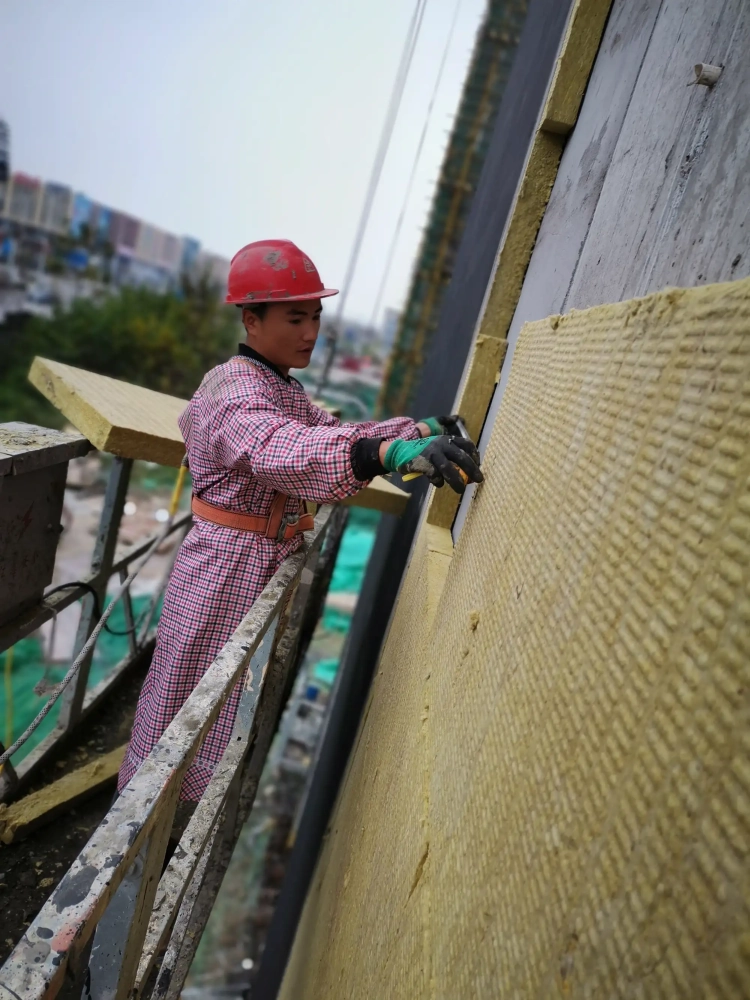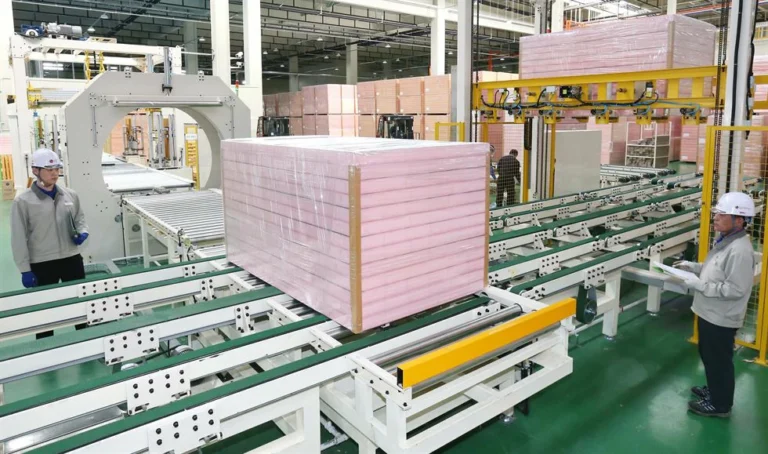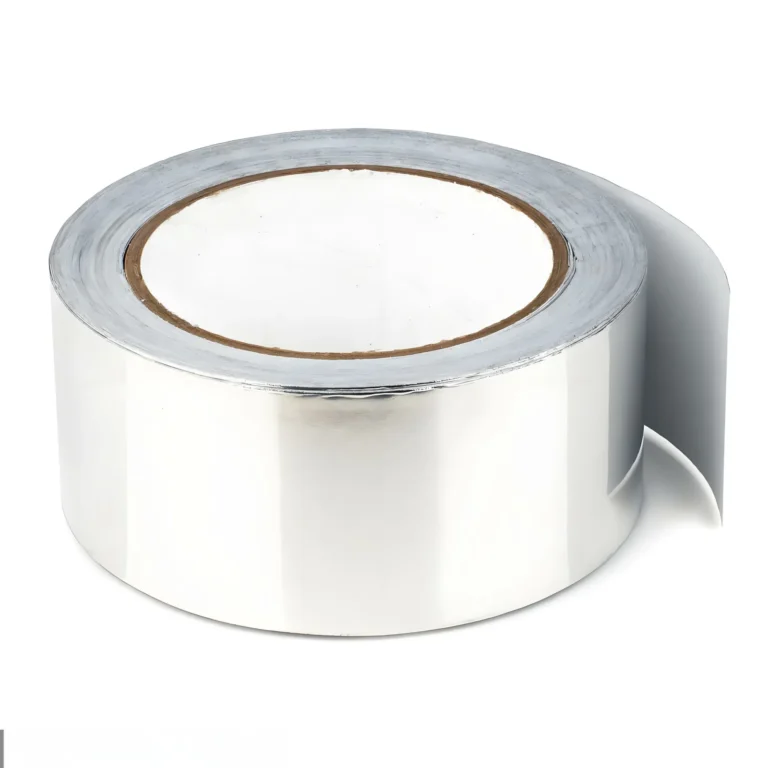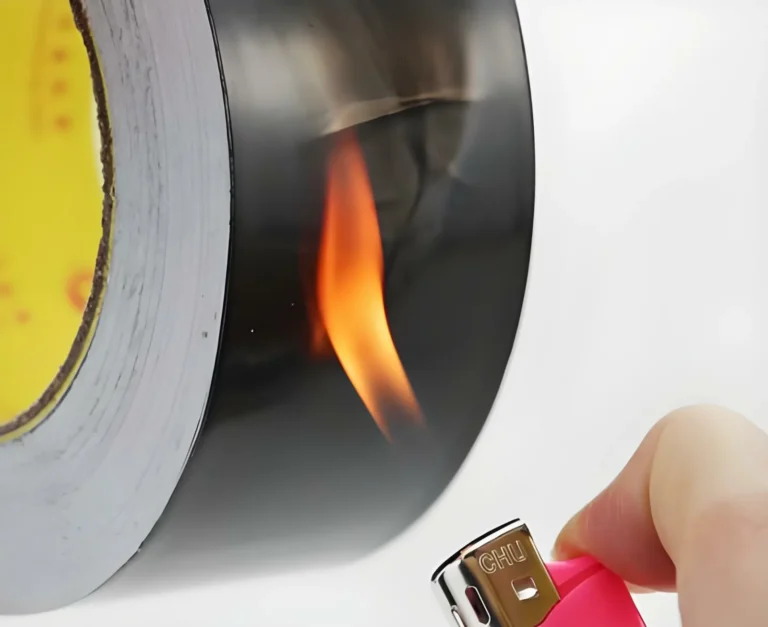What is R-Value in Exterior Wall Insulation
Wall insulation R-value is a critical metric in the insulation industry, playing a key role in determining the exterior wall insulation r value required for optimal energy performance. and understanding the correct r value for walls is essential for optimal performance. representing a material’s resistance to heat flow.
R value is determined through standardized laboratory tests, such as ASTM C518, which measure thermal conductivity under controlled conditions. The higher the R-value, the better the material is at insulating a structure. In exterior wall applications, achieving an optimal R-value is essential for enhancing energy efficiency, reducing thermal bridging, and ensuring compliance with building codes.
What Is The R Value For Exterior Walls?

The required r value for walls varies based on climate zones, ensuring the use of highest r value insulation and best r value insulation for maximum thermal resistance and minimizing heat loss. and selecting the appropriate exterior wall insulation r value ensures effective thermal resistance. ensuring the proper r rating insulation for walls for energy-efficient construction, contributing to an effective building envelope and compliance with building codes. building types, and local energy codes. The U.S. Department of Energy (DOE), the International Energy Conservation Code (IECC), and ASHRAE Standard 90.1 provide guidelines to ensure proper insulation levels, highlighting the importance of foam board, loose fill, and insulation installed techniques for maximizing efficiency and spray foam insulation in modern construction. particularly for commercial and high-rise buildings. Here are the recommended R-values for different conditions:
Residential Buildings: In most U.S. climate zones, exterior walls should have an R-value between R-13 and R-23, with higher values required in colder regions.
Commercial Buildings: Depending on construction type, recommended values range from R-13 to R-30 for exterior walls.
High-Performance and Passive House Standards: These structures often require R-40 or higher to minimize energy loss.
For optimal insulation, a well-balanced R-rating insulation for walls that meets code requirements, utilizing highest insulation rating materials like rigid foam insulation and fiberglass insulation, is essential to reducing heat transfer. and provides the recommended exterior wall insulation r value using best r value insulation materials to optimize flow of heat control while maintaining cost-effectiveness is typically between R-19 and R-30 for exterior walls in both residential and commercial applications. However, commercial buildings in colder climates may require even higher values to meet energy efficiency standards, making best r value insulation a preferred choice for reducing heat transfer standards, emphasizing the role of open cell and closed cell spray foams as effective insulation materials.
Best Materials to Achieve High R-Value in Exterior Walls
Selecting the right insulation materials, working with an insulation contractor, and ensuring the proper type of insulation is crucial to meeting target insulation rating for walls efficiently, as well as ensuring the correct wall insulation r value for different building structures. whether using fiberglass batts or advanced rigid foam solutions. Below are some of the best options:

Rigid Foam Insulation (Polyisocyanurate, XPS, EPS)
Polyisocyanurate (Polyiso): Offers R-6 to R-6.5 per inch, making it one of the most effective rigid insulation options.
Extruded Polystyrene (XPS): Provides R-5 per inch, with moderate moisture resistance.
Expanded Polystyrene (EPS): With an R-value of 3.6 to 4.2 per inch, it is cost-effective but less dense than XPS.

Spray Foam Insulation (Open-Cell & Closed-Cell)
Closed-cell spray foam: Delivers R-6 to R-7 per inch, offering excellent air seal and moisture resistance, making it a preferred closed cell option.
Open-cell spray foam: Has an R-value of R-3.5 to R-4 per inch, providing flexibility for tight spaces.

Mineral Wool Insulation
Provides R-4 to R-4.3 per inch, making it a common insulation choice with added fire resistance and soundproofing benefits.

Phenolic Insulation Boards (Pre-Insulated Wall Panels)
Phenolic external wall panels offers R-4.5 to R-5 per inch, with superior fire resistance and low thermal conductivity.
Often used in prefabricated exterior wall systems for efficient installation and high energy performance.

Aluminum Foil Fiberglass Fabric
Aluminum Foil Fiberglass Fabric is used as a radiant barrier, often combined with other insulation layers to improve overall performance.
Provides high reflectivity (up to 97%), reducing radiant heat transfer in exterior walls.
Factors Affecting R-Value in Exterior Wall Insulation

Several factors influence the effective exterior wall insulation R-value in a real-world installation, including thermal performance, moisture resistance, and air sealing strategies. A study conducted by the National Renewable Energy Laboratory (NREL) found that improper installation method can reduce insulation effectiveness by up to 25%, emphasizing the importance of professional installation. For example, a case study of a commercial office building in Chicago demonstrated that switching from traditional batt insulation to continuous rigid foam insulation improved the effective R-value by 20%, significantly reducing heating costs during winter. This highlights how material selection and installation techniques directly impact energy performance.
Thermal Bridging: Structural components, such as metal studs, significantly reduce effective R-values. Continuous insulation (CI) is recommended to mitigate this issue.
Moisture and Air Infiltration: Insulation loses effectiveness if it absorbs moisture or allows air leakage. Proper vapor barriers and air sealing strategies are essential.
Installation Quality: Compressed or improperly installed insulation reduces its performance. Professional installation ensures the designed R-value is achieved.
Climate and Building Design: Different climates require varying insulation levels. Warmer climates prioritize radiant barriers, while colder climates require higher R-values to prevent heat loss.
How to Calculate and Optimize R-Value in Construction

To determine the effective R-value of an exterior wall system, consider the sum of individual material layers, accounting for thermal bridging effects. The calculation follows this basic formula:
R(total)=R(sheathing)+R(cavity insulation)+R(continuous insulation)+R(interiorfinish)
For example, a standard wall assembly with R-13 to R-15 cavity insulation, R-5 continuous rigid foam, and interior drywall (R-0.5) would have an effective R-value of R-18.5. In colder climates, builders often increase continuous insulation to R-10 or higher to minimize thermal bridging and improve energy performance. Adjustments are made based on local climate requirements and energy efficiency goals.
Determining a good r value for walls depends on climate, building type, and insulation materials. Ensuring the correct r rating insulation for walls helps maintain energy efficiency and long-term durability. Ensuring the correct r rating insulation for walls optimizes energy efficiency and sustainability. While standard residential walls require R-13 to R-23, commercial and high-performance buildings often exceed R-30. Selecting the right materials—such as rigid foam, spray foam, mineral wool, aluminum foil fiberglass fabric, and phenolic boards—helps achieve the desired insulation performance. Proper installation, consideration of thermal bridging, moisture control, and air seal further optimize energy efficiency. By following these guidelines, builders and contractors can ensure long-lasting and cost-effective part of your home exterior wall insulation solutions.
WT has been providing solutions for exterior wall insulation systems around the world for more than 20 years. Our phenolic exterior wall panels have been tested by the market for many years, and our expert team has accumulated rich experience in the construction industry. Contact our expert team to get the best solution for exterior wall insulation.


